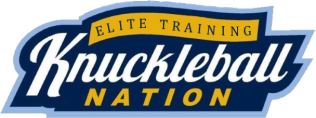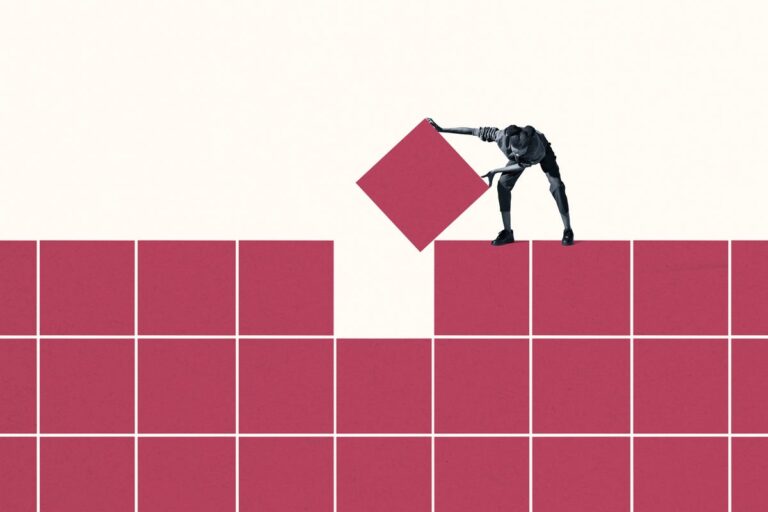Throw at the catcher’s mask to throw a knuckleball for a strike
I have been throwing one heck-u-va knuckleball these days. A fellow pro knuckleball friend of mine, Zach Staniewicz, and I have come up with a coding system for knuckleballs. “Chough Stuff”, pronounced CHUFF-STUFF, is the highest accolade for an individual knuckleball. Named after our mentor, Charlie Hough, these knuckleballs do no spin at all. Not one bit. Nada. Zilch.
You have probably thrown at least one Chough Stuff in your lifetime and it felt magical. That slight tingling in your fingertips as it left your hand. The majestic arch of a ball not spinning. The chaotic flight path and the dance of your catch partner all delight you.
Well, I have been throwing about 70% Chough Stuffs this year. No spin, crazy movement and no contact. But there is just one problem — it is really hard to control.
Charlie once told me that he got so good with the knuckleball, that at the end of his career, he had to throw more fastballs. “Why?” I asked Charlie. “So I wouldn’t walk so many,” Charlie replied.
And now I know what he means. My gosh!
I now, for the first time in my career, have to plan out my secondary pitches like a conventional pitcher in order to cut down on walks. I threw a knuckleball that got an audible “Wow!” from the crowd… and it was a ball! When it moves so much that the crowd behind the backstop can applaud a ball, you know you got it going on.
I’ve had strike three swing-and-misses got the backstop. Pitches come right down the middle of the zone called for balls because it fooled the umpire. I even have professional hitters swinging, making contact and looking the wrong way for the ball off of their bat. That’s right, my knuckleball is even fooling hitters that make a modicum of contact.
So I’ve gotten really good at placing four-seam fastballs in two places — low and away, and in on the hands. They are both effective in their own right, but you need to use them at the right time. And let’s be clear about something, my fastball is Wakefield-ian in its velocity. I am a classic knuckleballer with a fastball that ranges from 72 to 77 miles per hour. That brings my knuckleball in at anywhere from 55 at the slowest to 68 at the fastest. Just like good old Wake.
Low and away works for those love-to-pull power hitters. Usually, if you place it carefully enough, they’ll ignore it. They’ll just watch it sail by and wait for the next flutterball that they can wave a heavy swing at. Unless there are two strikes of course. Then they have to protect. But you can float one in for a strike. Or, better yet, have them foul an angry knuckleball off for a strike, and then go with this fastball to put them into a cripple count.
In on the hands will always work, as long as the hitter has seen the floater. You’ll catch them leaning out over the plate and you’ll stand them up. Psychologically, it will make them more susceptible to the next pitch — a knuckleball. Physically, it will get in under their hands and that inside pitch takes the longest time to swing at. The hitter has to pull in, clear the bat and punch the ball. That all takes time. Time they don’t have. So you can probably steal a strike on the way to a cripple count and a nasty knuck. Or, you can even lock them up for a strike out if you catch them really leaning. Just make sure the ump has established that inside corner during the game. Once the ump says it is a go with his calls early in the game, ATTACK! But use sparingly. Don’t get beat with you second-best pitches.



